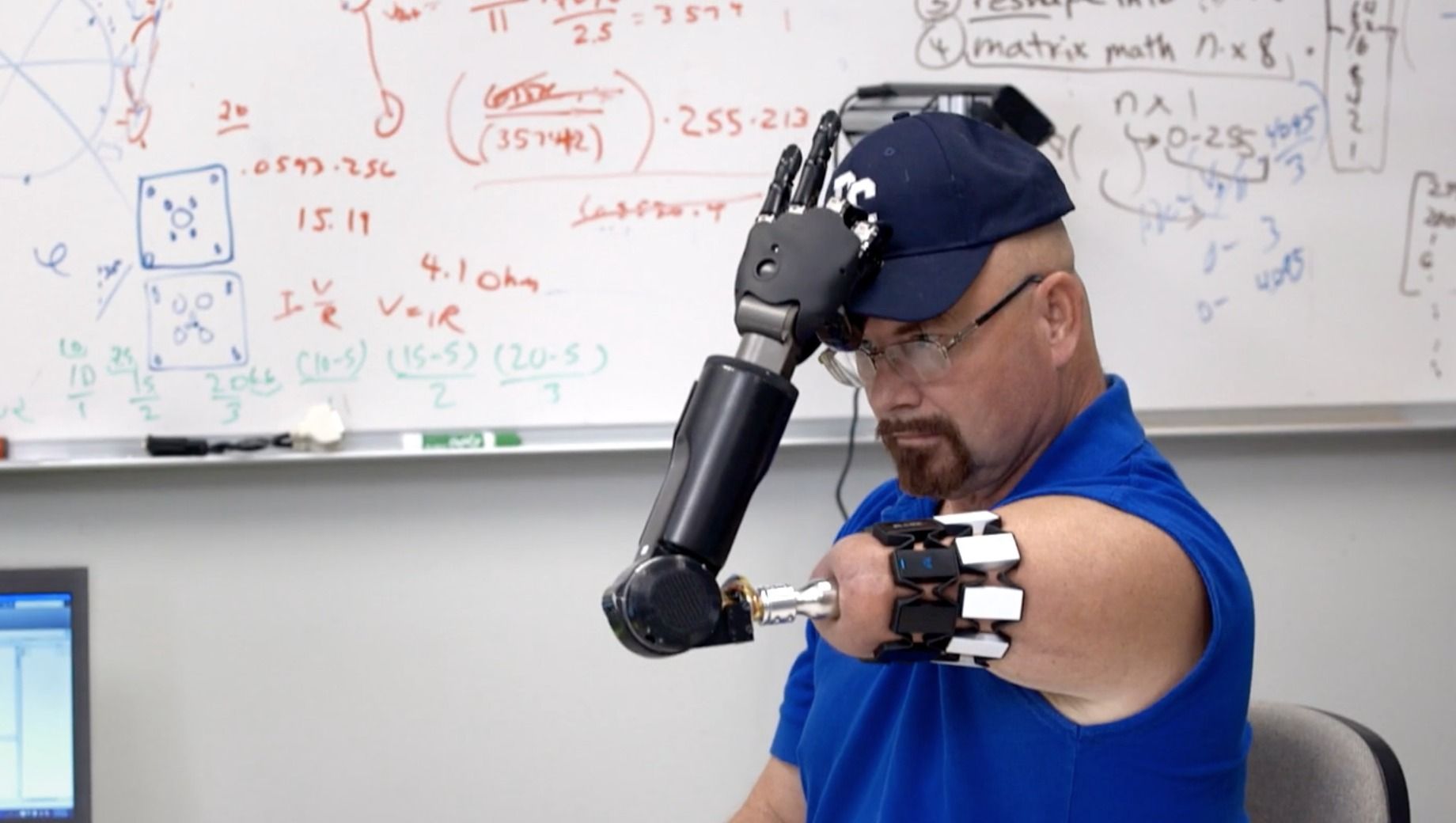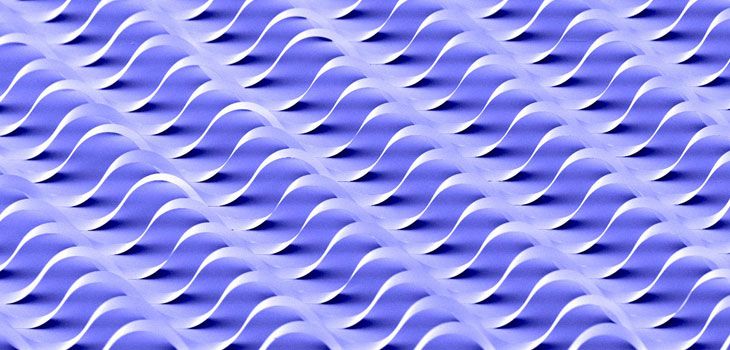Never under estimate people you never know who may be the next Bill Gates.
After losing his left arm to cancer in 2008, Jonny Matheny’s life changed radically. The self-styled West Virginia hillbilly, formerly a retail bread sales and delivery man, started traveling to medical research facilities around the country to volunteer as a test-subject for advanced prosthetics and experimental surgeries. Today, Matheny is something of a Model T for cyborgs, wielding one of the most advanced mind-controlled prosthetics ever built.
When I met Matheny at a DARPA technology expo earlier this year, I was astounded by the flexibility and responsiveness of his Modular Prosthetic Limb, the latest in a series of mind-controlled prosthetics developed at the Johns Hopkins Applied Physics Laboratory. But nothing drives home the revolutionary potential of a device like this than seeing it used to perform mundane tasks: effortlessly putting on a hat or stirring a pot, for instance.
A new video by Freethink gives us a behind-the-scenes look at Matheny’s journey to become the world’s most sophisticated bionic man. Honestly, more than reading any detailed scientific primer, watching a guy serve salad with a carbon-fiber arm that takes cues from his brain convinced me that the future is going be full of cyborgs, and that the rest of us will be be jealous.




